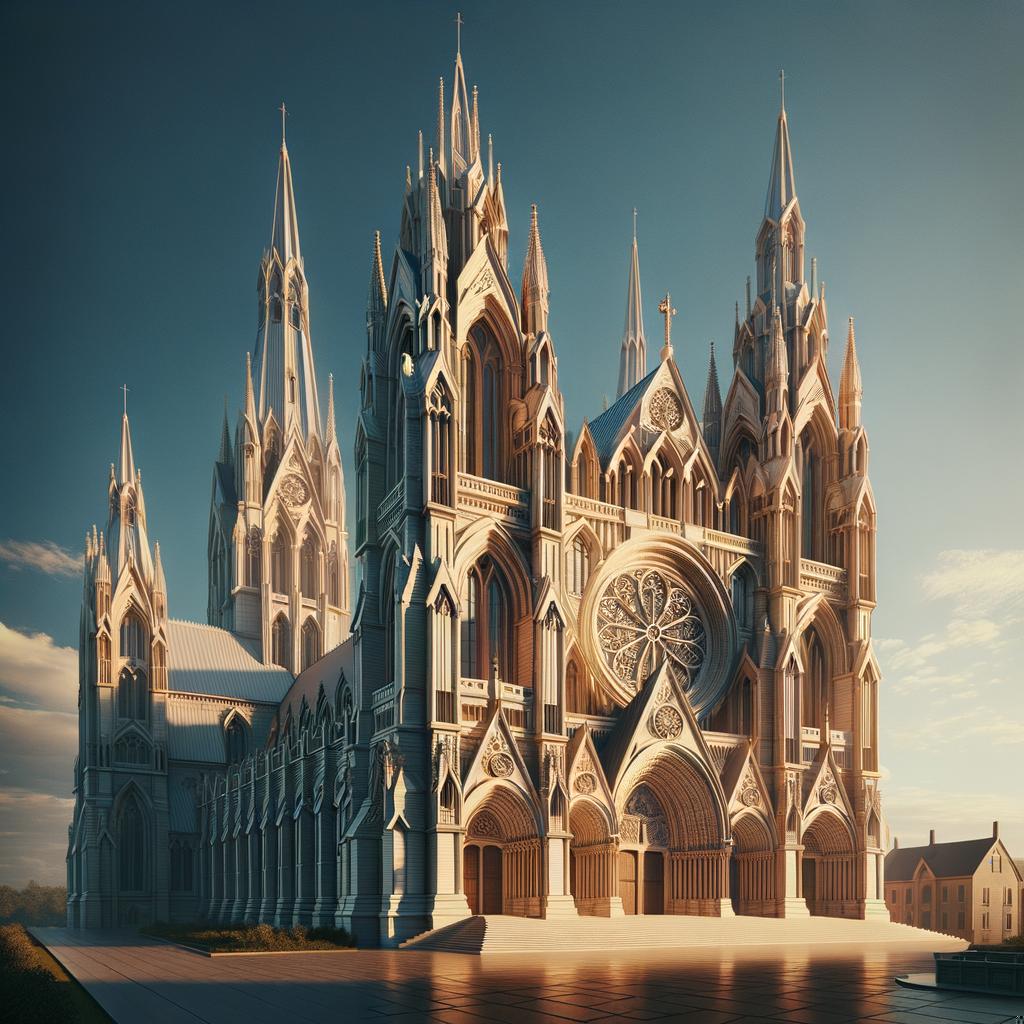Exploring the Architectural Beauty of Canadian Cities
Posted on June 20, 2025 • 4 minutes • 770 words
Table of contents
When one thinks of Canada, images of stunning natural landscapes often come to mind. However, the architectural beauty found in Canadian cities offers a captivating glimpse into the nation’s history, culture, and innovation. From the modern skyscrapers of Toronto to the historic buildings of Quebec City, Canada’s urban environments are a blend of diverse architectural styles that reflect the evolution of its society. This article will take you on a journey through some of the most impressive architectural highlights across Canadian cities, showcasing their unique characteristics and the stories they tell.
Toronto: A Modern Architectural Marvel
Toronto is a hub of architectural innovation and creativity. The skyline is dominated by the iconic CN Tower, which was once the tallest freestanding structure in the world. This landmark symbolizes Toronto’s modernity and serves as a vital tourist attraction. The city boasts a mix of contemporary designs and historic buildings, such as the Royal Ontario Museum, which combines glass and stone in a striking manner.
The Distillery District, a national historic site, features Victorian-era industrial architecture that has been repurposed for modern use. Cobblestone streets lined with restored brick buildings house galleries, boutiques, and restaurants, offering a unique blend of history and culture in an urban setting.
Ottawa: A Blend of History and Government
Ottawa, the capital city of Canada, showcases a wealth of architectural beauty through its historic structures and modern designs. The Parliament Buildings are perhaps the most recognized symbols of Canadian governance, with their stunning Gothic Revival architecture and the iconic Peace Tower. The intricate details and grand design make these buildings a must-visit for anyone exploring the city.
Beyond government buildings, Ottawa is home to the National Gallery of Canada, which features a striking glass and granite façade. The gallery houses an impressive collection of Canadian and Indigenous art, making it a cultural centerpiece. The Rideau Canal, another UNESCO World Heritage site, features picturesque views with historic locks that reflect the city’s rich history.
Vancouver: A Harmonious Urban Landscape
Vancouver’s architectural landscape is defined by its stunning natural surroundings, incorporating elements that harmonize with the environment. The city is known for its modern skyscrapers, such as the Shangri-La Hotel and the Canada Place, which reflect a contemporary aesthetic while maximizing views of the mountains and ocean.
Stanley Park, with its historic totem poles and beautiful waterfront, provides a contrast to the urban architecture. The Vancouver Aquarium and the Seawall are designed to enhance the natural beauty of the area, showcasing how architecture can coexist with nature.
Montreal: A Cultural Mosaic
Montreal is a city that celebrates its cultural diversity through its architecture. The eclectic mix of styles ranges from the historic charm of Old Montreal to the bold designs of the modern era. The Notre-Dame Basilica, with its stunning Gothic Revival architecture, is a highlight, attracting visitors with its intricate details and vibrant stained glass.
The city’s modern architectural scene is exemplified by the Habitat 67, a groundbreaking housing complex that features a unique modular design. This innovative structure reflects Montreal’s forward-thinking approach to urban living and design.
Quebec City: A Journey Back in Time
Quebec City offers a unique glimpse into Canada’s colonial past with its well-preserved historic architecture. The Old Quebec area is a UNESCO World Heritage site, known for its cobblestone streets and centuries-old buildings. The Château Frontenac, a majestic hotel, dominates the skyline and is one of the most photographed hotels in the world.
The architecture of Quebec City tells the story of its French heritage, with influences that can be seen in the numerous churches, fortifications, and government buildings. Walking through the streets feels like stepping into a European city, rich with history and charm.
Calgary: A City of Contrasts
Calgary’s architectural landscape is a mix of modern skyscrapers and historic buildings. The Calgary Tower provides panoramic views of the city and the surrounding mountains, while the Bow Building, with its unique crescent shape, exemplifies modern design.
Heritage Park Historical Village showcases preserved buildings from different eras, allowing visitors to experience the city’s development over time. This blend of old and new reflects Calgary’s growth and adaptability in a rapidly changing world.
Conclusion: A Celebration of Architectural Diversity
The architectural beauty of Canadian cities is a testament to the country’s rich history and cultural diversity. Each city offers a unique blend of styles and influences, showcasing how architecture can reflect societal values and innovations. Exploring these urban landscapes reveals not just buildings, but stories that connect the past with the present. For anyone interested in architecture and design, Canada presents a fascinating journey through its cities, each with its own distinctive character and charm.



